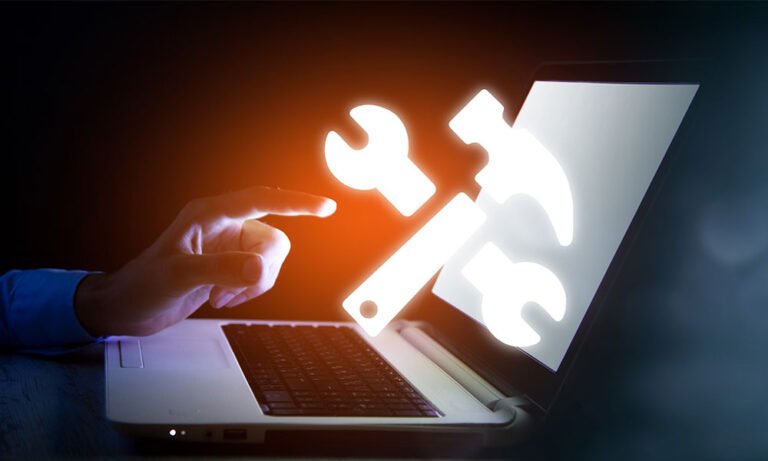Windows is a widely used operating system that provides a user-friendly environment for various tasks. However, like any software, it can encounter issues that may disrupt your workflow. In this article, we will provide some basic troubleshooting tips to help you resolve common Windows problems and keep your system running smoothly.
Table of Contents
- Introduction
- Restart Your Computer
- Update Windows and Drivers
- Run Windows Troubleshooters
- Check for Malware and Viruses
- Free Up Disk Space
- Check Hardware Connections
- Disable Unnecessary Startup Programs
- Reset Windows Settings
- Conclusion
1. Introduction
When encountering issues with your Windows system, it’s important to approach troubleshooting systematically. Start with simple steps and gradually move towards more advanced solutions. Here are some basic troubleshooting tips to get you started.
2. Restart Your Computer
Restarting your computer is often the simplest yet most effective solution for various issues. It helps clear temporary files, refresh system processes, and resolve minor glitches. If you’re experiencing any problems, try restarting your computer first.
3. Update Windows and Drivers
Keeping your Windows operating system and device drivers up to date is crucial for stability and performance. Windows updates often include bug fixes and security patches, while driver updates can address compatibility issues. Check for updates regularly and install them as needed.
4. Run Windows Troubleshooters
Windows provides built-in troubleshooters that can automatically diagnose and fix common problems. You can access these troubleshooters by going to Settings > Update & Security > Troubleshoot. Run relevant troubleshooters based on the specific issue you’re facing.
5. Check for Malware and Viruses
Malware and viruses can cause various issues on your computer. Ensure you have reliable antivirus software installed and perform regular scans. If you suspect an infection, run a full system scan to detect and remove any malicious software.
6. Free Up Disk Space
Insufficient disk space can lead to performance issues and errors. Delete unnecessary files, such as temporary files, old downloads, and unused applications. You can also use the built-in Disk Cleanup tool to free up disk space and optimize your system.
7. Check Hardware Connections
Sometimes, hardware issues can cause problems with your Windows system. Ensure all cables and peripherals are securely connected. If you’re experiencing issues with specific hardware devices, such as printers or external drives, check their connections and drivers.
8. Disable Unnecessary Startup Programs
Having too many programs launching at startup can slow down your computer’s boot time and overall performance. Use the Task Manager to manage startup programs and disable unnecessary ones. This can help improve system responsiveness and reduce potential conflicts.
9. Reset Windows Settings
If you’re still experiencing persistent issues, you can consider resetting Windows settings. This option allows you to keep your personal files while resetting system settings to their default state. You can access the reset option through Settings > Update & Security > Recovery.
10. Conclusion
By following these basic troubleshooting tips, you can often resolve common Windows issues without the need for advanced technical knowledge. Remember to approach troubleshooting step by step, starting with the simplest solutions and gradually progressing towards more complex ones.
If you continue to experience persistent issues or encounter more complex problems, it’s advisable to seek professional assistance or consult official Microsoft support resources. Windows provides a vast array of troubleshooting options to help you overcome challenges and maintain a smooth computing experience.
11. FAQs
Q: What should I do if restarting doesn’t solve the problem? A: If restarting your computer doesn’t resolve the issue, try other troubleshooting steps such as running Windows updates, checking for malware, or consulting official support resources.
Q: Can I prevent unnecessary programs from launching at startup? A: Yes, you can use the Task Manager to manage startup programs and disable the ones you don’t need to launch automatically.
Q: Is it important to regularly update Windows and drivers? A: Yes, updating Windows and drivers is crucial for system stability, performance, and security. It’s recommended to keep your system up to date.
Q: How do I perform a full system scan for malware? A: Use your installed antivirus software to perform a full system scan. Ensure it’s updated with the latest virus definitions for accurate detection.
Q: Can I revert Windows settings back to their default state? A: Yes, you can reset Windows settings through the Settings > Update & Security > Recovery option. This allows you to keep your files while resetting system settings.

